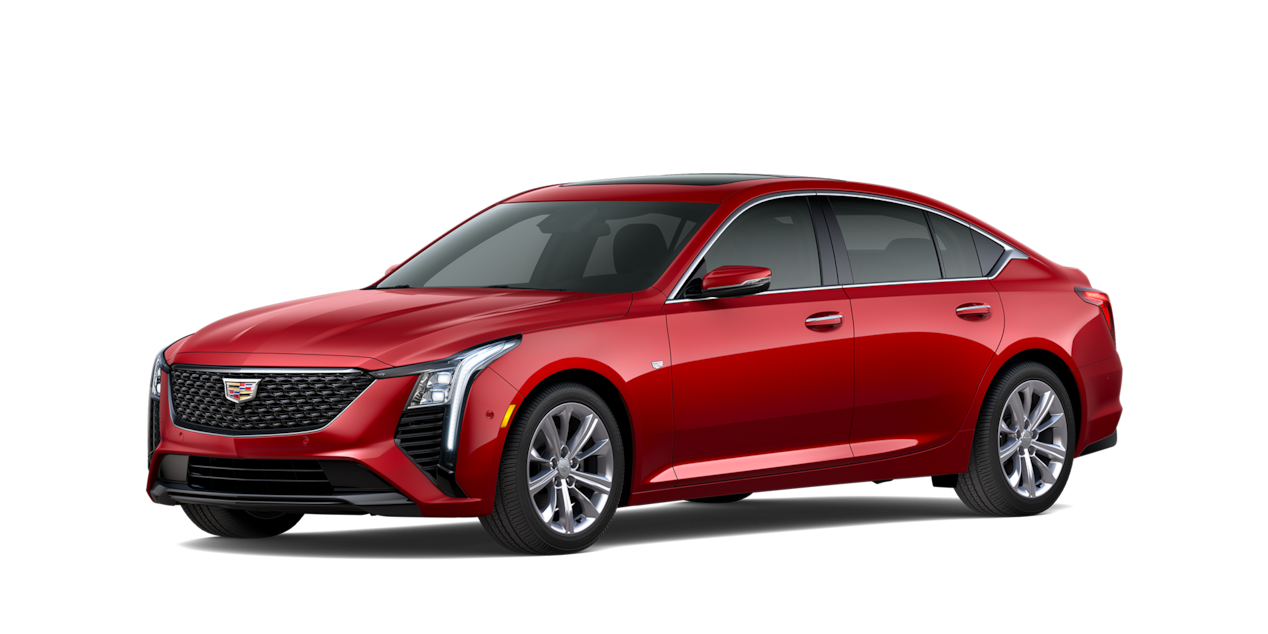EV CHARGING LEVELS AND FINDING A CHARGING STATION
Charging your electric vehicle can be a convenient routine. Rather than driving to a gas station to fill up, you can charge your electric vehicle at home or a public charging station. There are different levels (or types) of charging, and your rate of charge will vary based on which one you
Important Note About Charging:
Charging your battery to 80% for daily use helps promote battery health and optimal regenerative braking performance. For longer trips, you can adjust your charge above 80% for extended range. Consumers should see their Owner’s Manual for more information.
There Are Three Types of Electric Vehicle Charging:
Level 1: The slowest level of charging that can be done at any standard 3-prong (120V) outlet. It’s best used as a last resort option in an emergency situation or to “top off” after short trips. Adds up to 3.5 miles of range per hour of charging (for certain AWD and RWD models).
Level 2: Faster than Level 1. Requires a 4-prong (240V) wall outlet or 240V hardwired charging unit installed by a professional electrician. Level 2 charging is the most frequently used type of charging for EV drivers.
Depending on your home charging equipment and vehicle equipment, Level 2 charging can add up to:
- 21 miles of range per hour (mph) (7.7 kW charging unit, MY24 AWD and RWD).
- 31 miles of range per hour (mph) (11.5 kW charging unit, MY24 AWD and RWD).
- 51 miles of range per hour (mph) (19.2 kW charging unit, MY24 AWD and RWD).
DC Fast Charging: Fastest charging available, done at public DC Fast Charging stations when away from your home charging location. Adds up to 77 miles of range in 10 minutes of charging (for certain AWD and RWD models).
In the Charging app settings, start DC Fast Charging Battery Conditioning to precondition your battery when you are on your way to a public DC fast charging station. This will help bring the battery to an optimal temperature for improved charging performance. The longer you precondition the battery, the better your charging performance will be.
If you route to a charging station using in-vehicle Google Maps, your vehicle will automatically precondition the battery.
How to Find a Public Charging Station:
myCadillac Mobile
Charge Assist: On the second tab of the Charging app on your infotainment screen, you can find nearby charging stations and access other charging features.
Using Google Maps on your infotainment display: Tap the Google MapsTM icon on your vehicle’s infotainment screen to open the app, then tap the charge station icon. Information on the types and quantity of charging equipment offered will be provided for each station. Google Maps labels Level 2 charging locations as “Fast” and DC Fast Charging locations as “Very Fast.”
In-Vehicle Google Voice
Third-Party Apps from Google
Note: There are many factors that impact how fast your vehicle charges, including the charging station’s capability, which can be affected by how many other vehicles are charging at certain locations, or slowed by the provider themselves for maintenance reasons. Charging speed can also be affected by your vehicle’s capability, which can be determined by the charge level of your battery as well as the temperature of both the battery and driving environment.
For your security, please don't include personal info such as phone number, address or credit card details.
RELATED LINKS AND RESOURCES
LOOKING FOR SOMETHING ELSE?
NEED MORE HELP?
Communicate with one of our specialists.






















